The biggest, weirdest and most remote Landmark Trust holiday homes
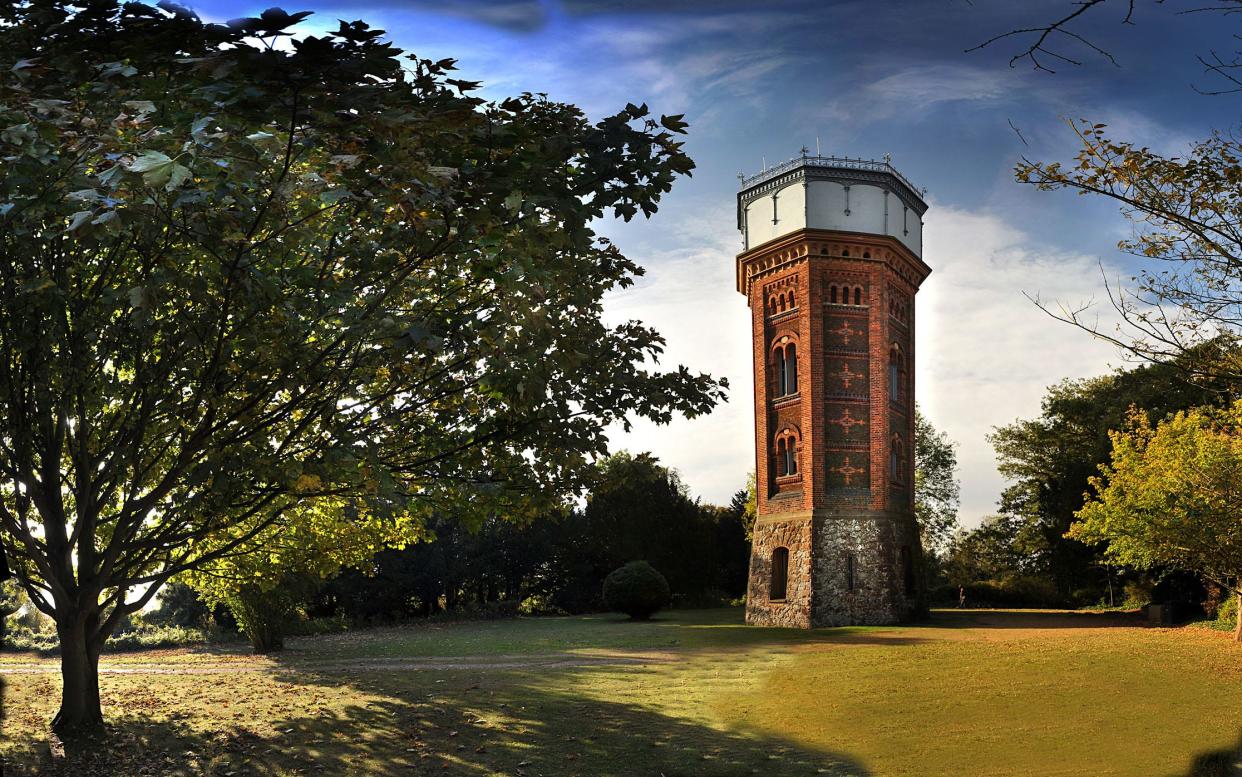
The Landmark Trust, the charity that rescues and restores quirky and historic buildings and lets them to holidaymakers, is heading for an important landmark of its own. Later this year it will open its 200th property, Llwyn Celyn, a stunning medieval house in Monmouthshire.
Trust properties come in all shapes and sizes and range from ancient to modern. To mark the completion of Llwyn Celyn, we’ve highlighted the biggest and the smallest, the oldest and the newest, the most isolated and the most popular - and some of the most intriguing...
Biggest
The magnificent Gargunnock House near Stirling in Scotland is the Trust’s biggest property, accommodating 16 guests in four double bedrooms and four twin bedrooms. Originally a 16th-century tower house, wings were added over the next two centuries turning it into an elegant country residence. There are formal gardens and Gargunnock is surrounded by 2,000 acres of farm and moorland. The drawing room has a grand piano reportedly played by Frederick Chopin when the composer visited the house in 1848 during a tour of Scotland.
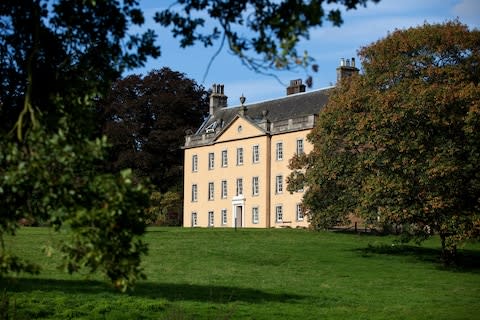
Most remote
Scotland also boasts the Trust’s most remote property. The Shore Cottages at Berriedale, near Wick, Caithness, is a terrace of four 19th century fishermen’s dwellings in a beautiful, tranquil cove, accessed by a footbridge and visited by seals and seabirds. The cottages were built for crofting families who had to find alternative employment following the Highland clearances. They were occupied until the 1950s when they fell out of use due to their isolation and lack of amenities. Restored by the Trust, one has been preserved in its original layout, the other three combined to create a larger property.

Smallest
But if you’re the sort of person for whom getting away from it all means getting away from everyone, then the smallest property - which sleeps only one - is for you. The Radio Room, on the island of Lundy in the Bristol Channel, is a small building in the walled garden of a larger Trust property. It was used to house the transmitter which kept the island in touch with the mainland. The old radio still stands in one corner of the room. Over and out.

Oldest
Purton Green is a lost village of Suffolk. Its only surviving building is a thatched and timbered house, parts of which date back to 1250 making it the Trust’s oldest property. Surrounded by fields, guests have to leave their car 400 yards away in the 21st century, and ferry their luggage to the house in a wheelbarrow.
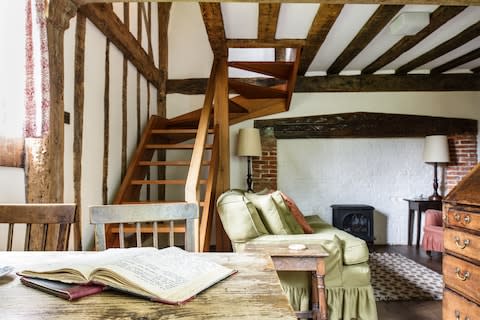
Most popular
The most in-demand property is the four-storey Clavell Tower, on a clifftop overlooking Kimmeridge Bay in Dorset. Dates are always snapped up within minutes of being made available and it is currently booked until the end of 2019. The Tuscan-style tower, built in 1830 as a folly and observatory, was known to local lad Thomas Hardy and features in the novel The Black Tower by PD James, a supporter of the campaign to save it. When the Trust acquired the 40ft building, it moved it stone by stone - all 16,272 of them - further back from the edge of the crumbling cliff.
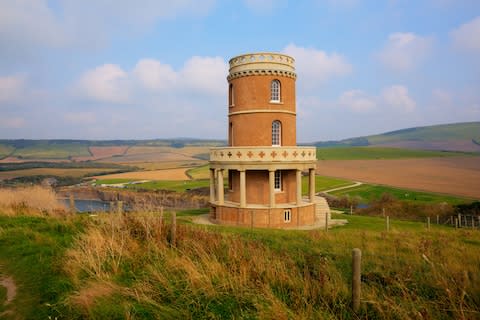
Most modern
It’s not all ancient halls and nineteenth century follies. Anderton House in North Devon is the Trust’s most modern property, completed in 1971 and one of the few buildings from that period to be given Grade II-listed status. Commissioned as a family home by a commercial pharmacist, the open-plan living area with sliding glass walls affords wonderful views over the Devon hills. The house is furnished - tastefully! - in 1970s style.
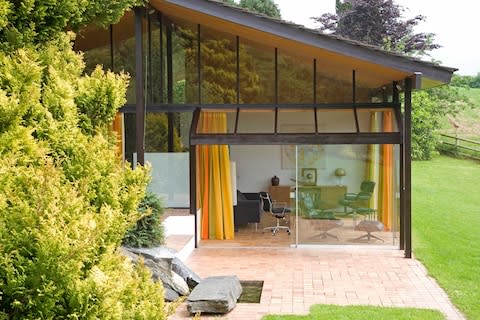
Newest
The Trust’s most ambitious restoration project is also its most recent acquisition. Due to open in the autumn, with work still ongoing, Llwyn Celyn is a medieval hall house at the end of a valley in Wales’s Black Mountains. Built in 1420 on land belonging to a priory, it has taken three years and £4.2 million to restore. It will sleep up to eight and bookings open on July 7.
Most Instagrammable
If you don’t document your holiday on social media, did it even really happen? The Pineapple is the Trust’s most Instagrammable building, an instantly recognisable two-storey summerhouse created for John Murray, the 4th Earl of Dunmore. It was built in the second half of the eighteenth century after his return from Virginia where he had been governor. It was the tradition there for sailors back from trading trips to the Caribbean to leave a pineapple outside their house, signalling their safe return. The Earl thought he could do rather better than just sticking a piece of fruit on his gatepost.

Most unusual
Choosing the Trust’s most unusual property is difficult. There is, for example, the engine house of an old arsenic mine in Cornwall or Appleton Water Tower, in Norfolk, built to service the royal Sandringham estate - but what about an actual pigsty? This miniature Greek-style temple near Robin Hood’s Bay in Yorkshire really did once house two pigs. Built for a local squire John Warren Barry, who had travelled in the Mediterranean, it was completed in 1891. Was Barry making a point about the nobility of swine or about classical architecture or simply having a laugh? We don’t know. (NB Pigs not included).

Best for pets
More than half of the Trust’s properties allow dogs but Howthwaite in the Lake District is one of the best for pets. It stands just behind Dove Cottage where William Wordsworth and his sister Dorothy and their dog Pepper, a gift from Walter Scott, lived. A portrait of Pepper still hangs on the wall there. Thanks to the stunning Lakeland countryside, walking the dog has never been less of a chore than at Howthwaite.



